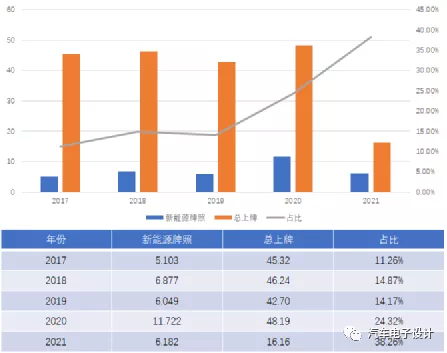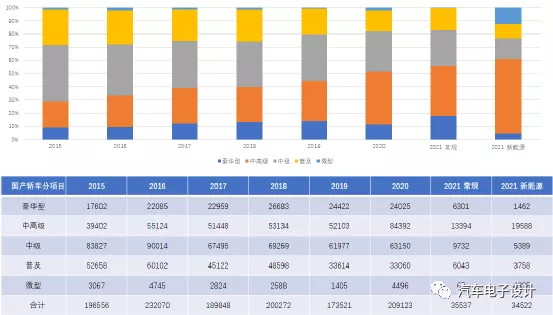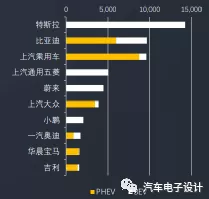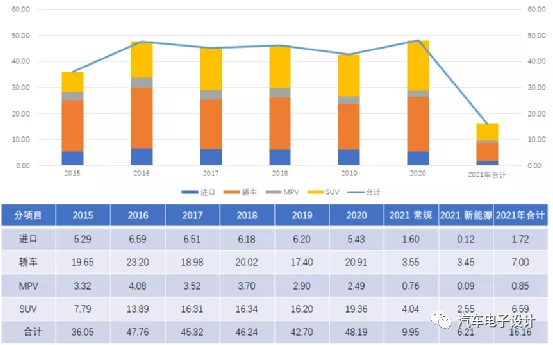When writing about the new energy license plate adjustment for different grades in March in Shanghai, it was inevitable. However, we should not be misled. Based on the registration data in Shanghai, I will discuss this matter.
First, overall control
I believe that the city’s management strategy needs to be clarified here. Shanghai’s license plate management is based on long-term principles. Total control is implemented for new passenger cars in the central urban area. Vehicle quotas are limited and purchasing is a voluntary action of the demanders.
That is the overall strategy. Shanghai distributes new passenger car quotas through auctions in the central city area, and issues Shanghai C special plates on demand outside the central city (if required, the plate can be converted through a quota auction), which is necessary to implement differentiated management of regional traffic.
Since motor vehicle registration is managed locally, the area where non-local cars can run needs to rely on local traffic control measures. The strict restriction of non-local cars is a traffic control policy to improve the efficiency of fast roads in the central city area.
Shanghai, as a mega city, believes that developing public transportation (including the construction of dedicated bus lane systems, parking and transfer hubs, and other facilities) is the fundamental way to solve urban transportation problems.
Under this principle, we can break down the overall license plate situation in Shanghai from 360,000 in 2015 to a peak of 480,000 in 2020. Looking at the distribution of specific vehicle types, SUVs took off from 2015-2016 and reached a peak of nearly 200,000 in 2020.
Compared with Beijing, which allocates 60,000 license plate indicators to new energy vehicles out of 100,000 each year, Shanghai still gives them away, and the main body of the auction system is also used as a fund for urban transportation. By the first quarter of 2021, the proportion of free license plates had already reached 38.26% of the total number of small vehicles.
That is to say, a certain critical point has been reached. If not controlled, the total number of fuel vehicles and new energy vehicles registered in Shanghai this year will almost reach 650,000.
Note: This data is in complete violation of the overall control principle discussed above.

A00 Level Vehicles
If it were not for the new energy license plate, we could understand that A00-level micro cars have already been eliminated in Shanghai. As shown in the figure below, in 2019, in the era of mandatory fast charging stations in Shanghai, the number of A00-level micro cars dropped to 1405, accounting for only 0.81%.In fact, in 2021, only 67 A00-level conventional vehicles were licensed in Shanghai, while 4235 vehicles in this category were new energy vehicles, accounting for 12.53%. This can be understood as a completely new energy vehicle license plate arbitrage behavior.

In the new energy vehicle monitoring data center in Shanghai, in the list of newly added vehicle information in 2021, Wuling even surpassed NIO. In my understanding, this adjustment is mainly for total quantity control.

Summary
The specific management measures are a game process. In my understanding, since PHEV can be systematically excluded after 2022, 4.6 meters may not be a threshold for BEVs. It is possible to make a screening based on range, price and various advanced technical indicators, similar to the subsidy system. The specific operation will still need to be announced by management units.
This article is a translation by ChatGPT of a Chinese report from 42HOW. If you have any questions about it, please email bd@42how.com.
